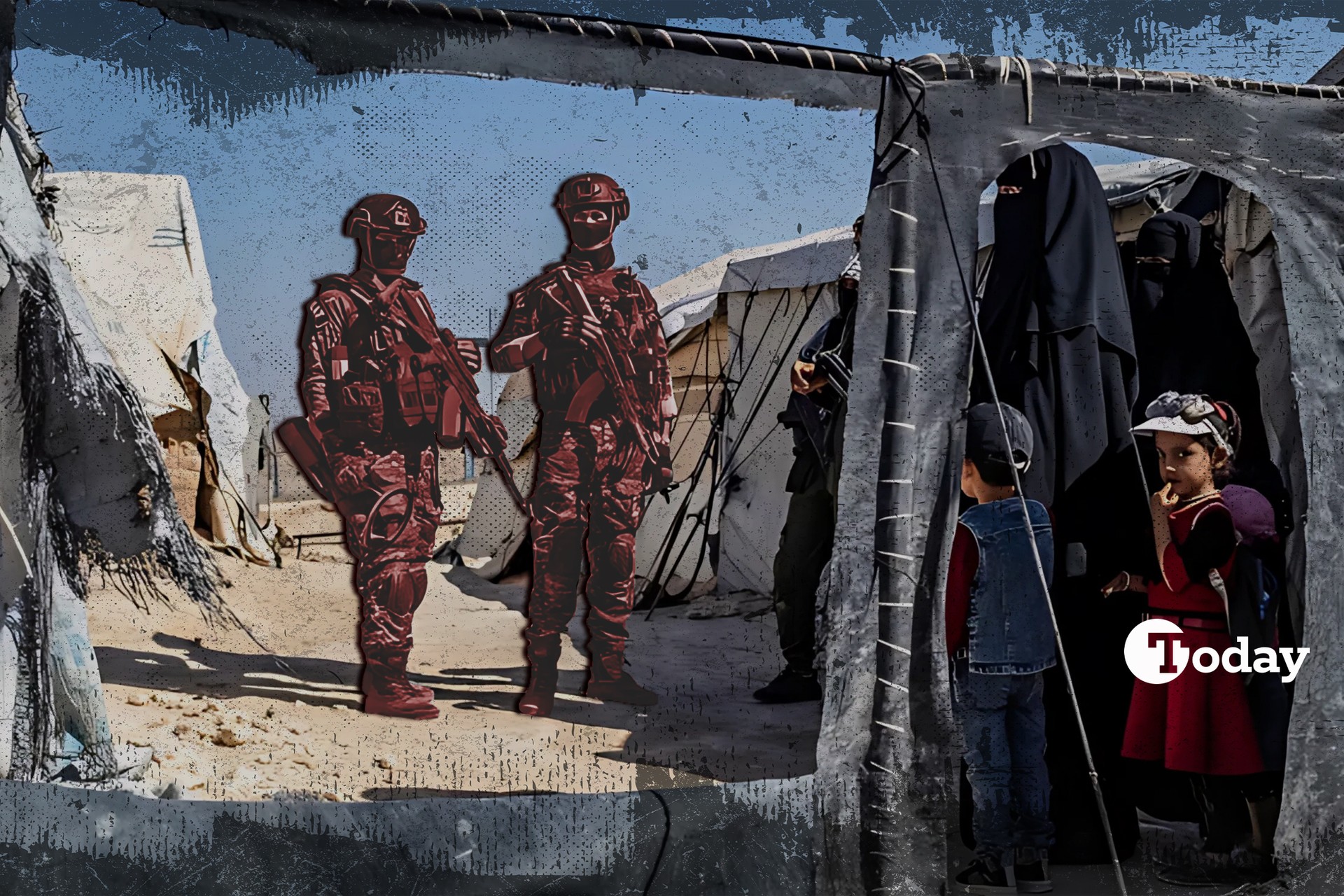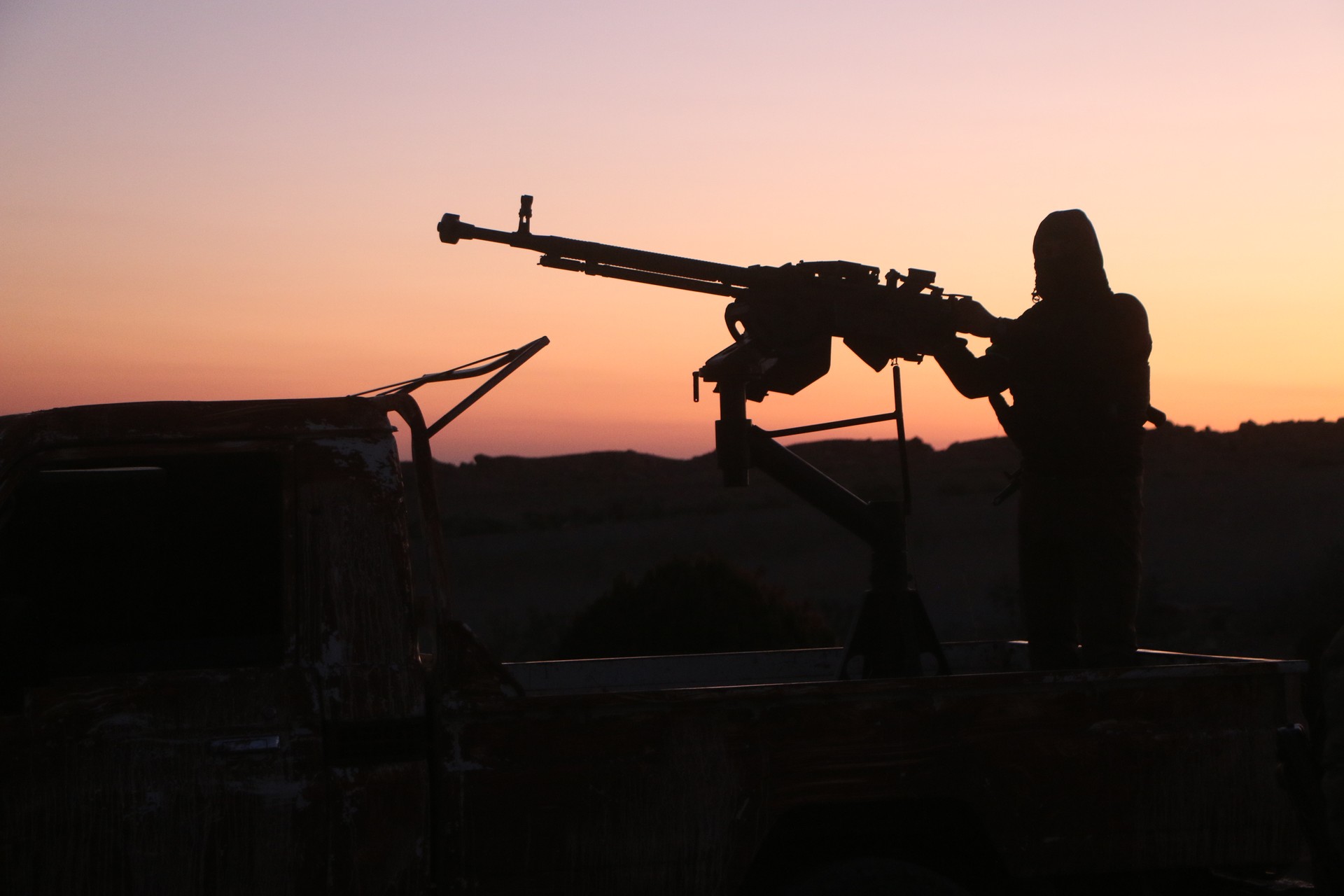
As I’ve dug into the murky world of Syria’s ongoing security challenges over the past few days, one thing has become painfully clear: the recent attack on the Mar Elias Church in Damascus on June 22, 2025, is a wake-up call we can no longer ignore.
The suicide bombing, which claimed at least 25 lives, has sparked a heated debate over who’s behind it.
Syrian authorities point to Daesh, but Saraya Ansar al-Sunnah, a group that emerged in February 2025, boldly claimed responsibility via a Telegram statement, naming the attacker as Muhammad Zain al-Abidin Abu Uthman.
My research leads me to believe this group isn’t just a Daesh copycat in tactics—it’s a troubling new force with a bizarre and extreme ideology that demands scrutiny.

A flawed ideology and unproven origins
Saraya Ansar al-Sunnah’s stated mission to kill Shia, Alawites, Druze, and Christians strikes me as illogical, even by militants' standards.
Traditional extremist 'movements, including Daesh, often sought a reformation of Islam, harking back to its early days with a vision of coexistence—albeit under harsh terms like the jizya tax, which historically offered non-Muslims protection and autonomy in exchange for allegiance.
Daesh, for all its brutality, never claimed to exterminate all non-Sunnis; their approach was more about subjugation than genocide.
Yet Saraya Ansar al-Sunnah seems to revel in a genocidal fantasy, setting it apart in a way that raises questions about its true motives.
I’ve spent hours since Sunday scouring available sources, and I’m skeptical of claims—often from Iran-backed research—that their leader, Abu Aisha al-Shami (possibly named Khalil, though unconfirmed), defected from Hay’at Tahrir al-Sham (HTS) in February.
I couldn’t find a shred of evidence linking him to HTS, which makes me wonder if this narrative is a convenient distraction.
As the group’s founder, al-Shami has overseen a rapid rise marked by violent debuts, including the killing of 12 Alawites in Arzah and five former Ba’athist security members in Tell Dahab on the day of its formation.
The massacre in Arzeh, Hama, in February 2025, where at least 15 civilians died, and later attacks like the assassinations in Homs and Aleppo on May 9, 2025, plus forest fires in Qardaha targeting Alawites, paint a picture of a group thriving on chaos.
Their decentralized “lone wolf squads” of 5 to 12 members suggest agility, but also a lack of centralized control that could hint at external influences—or vulnerabilities.

Al-Hol Connection and SDF’s failure
What troubles me most is the growing evidence tying this group to Al-Hol camp, a sprawling detention facility controlled by the Syrian Democratic Forces (SDF), a Kurdish-led alliance with ties to the PKK.
Reports from the Syrian Ministry of Interior reveal that the cell leader behind the Damascus attack, Mohammad Abdelillah al-Jumaili—a so-called former Daesh “governor of the desert”—recruited non-Syrian extremists from Al-Hol to carry out the church bombing and a thwarted attack on the Sayyida Zainab shrine.
These individuals infiltrated Damascus from the camp, exploiting a post-liberation security vacuum with al-Jumaili’s help.
The U.S. Department of State’s 2023 terrorism report flags Al-Hol as a hotbed for Daesh sympathizers, and my research suggests it’s become a breeding ground for groups like Saraya Ansar al-Sunnah, whether through direct recruitment or shared radical networks.
I can’t help but see the SDF’s fingerprints on this disaster. Their inability to secure Al-Hol—allowing terrorists to slip out and wreak havoc in Damascus—raises serious questions.
The camp’s conditions, marked by overcrowding and radicalization, seem to have turned it into a launchpad for extremism, indirectly feeding groups that thrive on sectarian violence.
While I don’t have definitive proof of a formal proxy relationship between Saraya Ansar al-Sunnah and the SDF or PKK, the camp’s role under SDF control suggests a troubling link that can’t be ignored.
The SDF’s decentralized approach, mirroring the tactics of groups it opposes, might be fueling the very chaos it claims to combat.
Call for responsibility
This brings me to my core concern: the SDF can no longer, and should no longer, bear the burden of managing extremist prisoners and camps like Al-Hol. The international community, particularly the United States, which has backed the SDF, must step in.
The camp’s security failures—highlighted by the Damascus attack—show that a regional militia, no matter how well-intentioned, lacks the resources and oversight to handle such a volatile population.
The recent arrests of al-Jumaili and his network, while a step forward, expose the reactive nature of current efforts. We need a coordinated, multinational strategy to relocate and rehabilitate these detainees, stripping the SDF of a responsibility it’s clearly unequipped to handle.
Saraya Ansar al-Sunnah’s rise, fueled by recruits from Al-Hol, underscores the urgent need for change.
Whether it’s a proxy or an opportunistic offshoot, its actions threaten Syria’s fragile stability. I believe the SDF’s continued control over such camps is a recipe for more tragedy, and it’s time for a bold rethink—before the next attack hits closer to home.